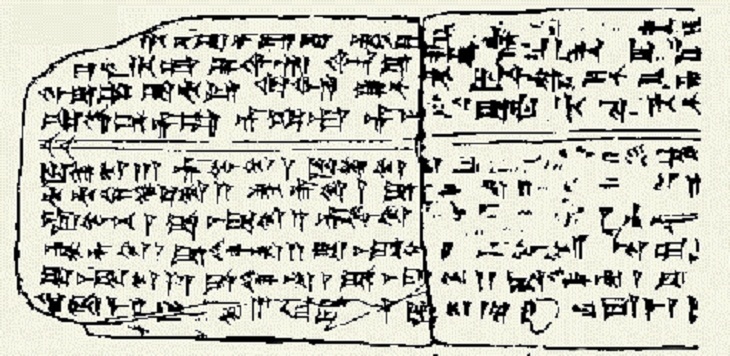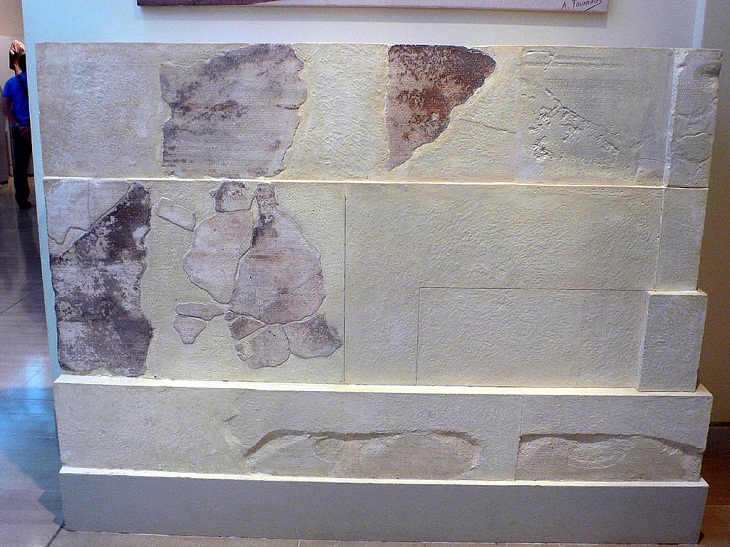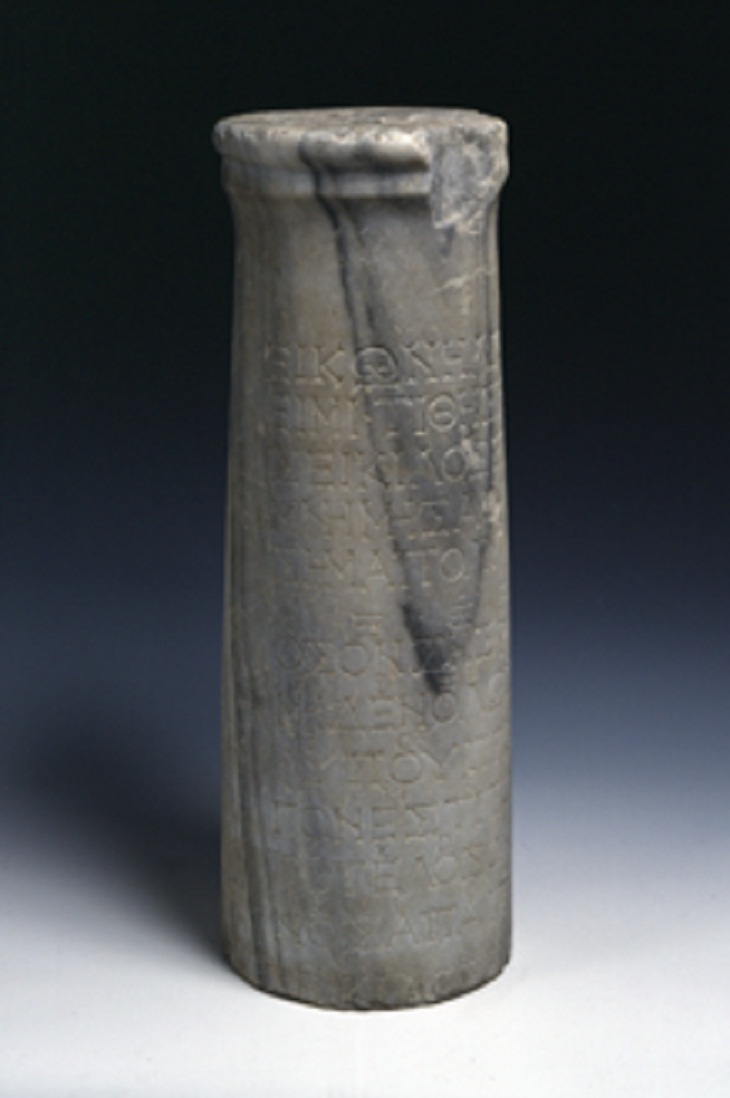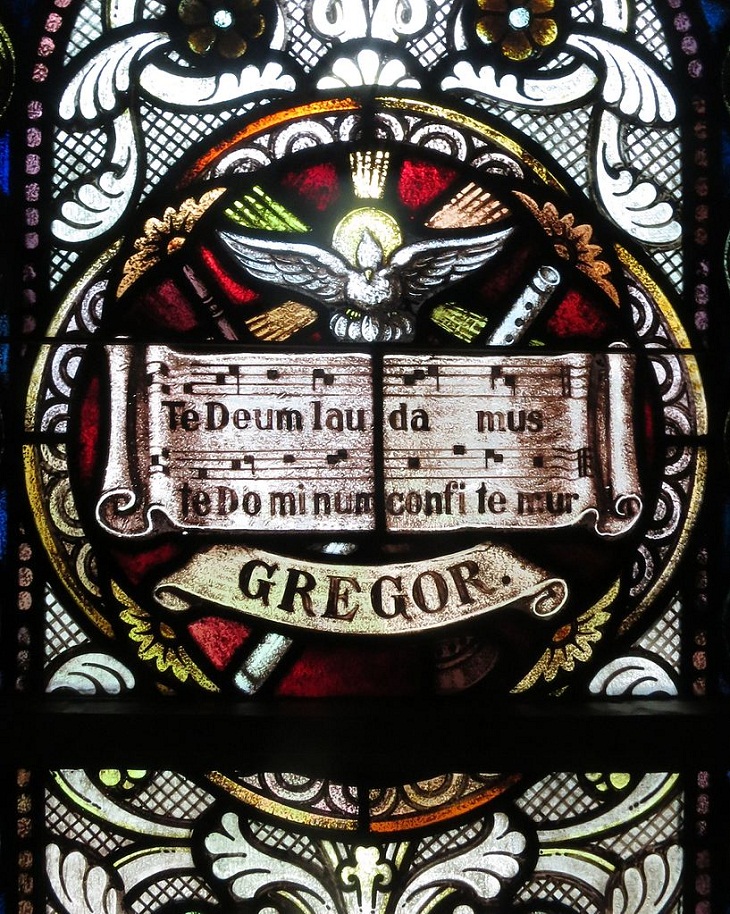"The Hurrian Song to Nikkal" is one of the oldest surviving music pieces in the world. It was discovered on a clay tablet in the ancient city of Ugarit, located in modern-day Syria. The tablet dates back to around 1450–1200 BC, making the song over 3,400 years old.
The song is devoted to Nikkal, the goddess of orchards and fertility worshipped in the ancient Near East. The song's lyrics express devotion and gratitude to the goddess, seeking her blessings and protection. The song is written in the Hurrian language, which was spoken in the region at the time.
The song's melody is written in a form of musical notation known as a Cuneiform tablet. The tablet includes symbols that indicate the pitch and rhythm of the song, and scholars have been able to use this information to reconstruct its melody. Featuring a simple, repeating motif, this melody is haunting and lyrical.
The discovery of the Hurrian Song to Nikkal has been a valuable source of information for scholars of ancient Near Eastern music and culture. It has shed light on the musical traditions of the region, along with the religious beliefs and practices of the people who lived there over 3,000 years ago. Today, the song remains a fascinating artifact of ancient history and an enduring example of music's power to connect us across time and space.
2. The Epic of Gilgamesh (circa 18th century BC)

Fragment of Tablet II of the Epic of Gilgamesh at the Sulaymaniyah Museum, Iraqi Kurdistan. (Image source: Wikimedia Commons)
Experts believe this may possibly be the world's oldest recorded epic. "The Epic of Gilgamesh" is an ancient Mesopotamian poem dating back to the third millennium BC. It is also considered to be one of the earliest surviving works of literature in the world, and its influence can be seen in later epics such as the Iliad and the Odyssey.
The story follows the adventures of Gilgamesh, the king of Uruk, and his friend Enkidu, a wild man created by the gods to rival Gilgamesh's strength. Together, they embark on a series of quests, including a journey to the Cedar Forest to battle the demon Humbaba, and a quest to seek out the secret of eternal life.
At its core, the Epic of Gilgamesh is a story about the quest for meaning and purpose in life. It also discusses the inevitability of mortality. Gilgamesh is a complex figure, both heroic and flawed, who grapples with the limitations of his power and the fear of his own mortality. During his journey, he becomes aware of the inevitability of death and of the importance of living a meaningful life.
The poem also provides a fascinating glimpse into ancient Mesopotamia's religious and cultural beliefs. It includes references to a variety of gods and goddesses, along with descriptions of religious rituals and beliefs about the afterlife. This work presents a complex portrait of a civilization that was both sophisticated and brutal, and that laid the foundation for many of the cultural and intellectual achievements of later time periods.
3. Delphic Hymns (circa 2nd Century BC)
The Delphic hymns at the Archeological Museum of Delphi in Greece. (Image source:
Wikimedia Commons)
These ancient Greek hymns were composed in honor of Apollo, the god of music, poetry, and prophecy, and were performed during the Pythian Games, a festival held in Delphi every four years.
The Delphic Hymns are a beautiful example of ancient Greek music, featuring intricate melodies and harmonies that evoke the splendor and majesty of the gods. The hymns were composed by Athenaeus and Limenius, two of the most famous musicians of their time, and were accompanied by a variety of instruments, such as lyres, flutes, and drums.
Interestingly, the Delphic Hymns were not discovered until the late 19th century, when archeologists unearthed fragments of the original musical notation in Delphi. Since then, scholars have worked to reconstruct the melodies and harmonies of the hymns, offering us a tantalizing glimpse into the music of ancient Greece.
Listening to the Delphic Hymns today, it's almost impossible not to be struck by the timeless beauty of these ancient melodies. Even after thousands of years, they still have the power to move us and inspire us with their transcendent beauty. So the next time you're in the mood for some truly ancient tunes, give the Delphic Hymns a listen – you won't be disappointed!
4. Song of Seikilos, from the Seikilos epitaph (circa 1st century AD)
The Seikilos column, with poetry and musical notation. (Image source:
Wikimedia Commons)
While there are pieces of music older than the Seikilos Epitaph, it is the oldest complete song ever discovered.
"The Song of Seikilos" is an ancient Greek musical composition found inscribed on a tombstone, known as the Seikilos epitaph. It is believed to date back to the 1st century AD, making it one of the oldest complete musical compositions in existence.
The Seikilos epitaph, where the song was found, is a marble stele discovered in 1883 in Aydin, Turkey. As the name of the musical piece suggests, it was written by an individual named Seikilos as an epitaph in honor of his deceased wife. The epitaph is now housed in the National Museum of Denmark in Copenhagen.
The song is a short but sweet piece of music with ancient Greek lyrics. It is a dedication to someone's loved one who had passed away and carries a message of living life to the fullest. The translated lyrics read, "While you live, shine/ have no grief at all / life exists only for a short while / and time demands its toll."
5. The Oxyrhynchus Hymn (circa 3rd century AD)
"The Oxyrhynchus Hymn" is the oldest known Christian Greek hymn containing both lyrics and melody. It was discovered in 1918 by Bernard Pyne Grenfell and Arthur Surridge Hunt in the ancient Egyptian city of Oxyrhynchus. The hymn is written on a papyrus fragment (pictured above), which dates to the third century AD and is considered one of the oldest surviving Christian hymns.
The hymn is composed of six stanzas, with each stanza praising a different aspect of Christ's nature and role in the Christian faith. It begins with an invocation to Christ as the "eternal Word" and "only-begotten Son" of God. It then describes his role as the savior of humanity and the embodiment of divine wisdom.
One of the most notable features of the Oxyrhynchus Hymn is its use of language and imagery drawn from both Greek philosophy and early Christian theology. It references concepts such as the Logos (or Word) of God, which was a major concept in Greek philosophy, as well as Christian ideas such as the Incarnation and the Trinity.
The Oxyrhynchus Hymn was significant for scholars of early Christianity because it provided insights into Christian liturgy and theology in the third century AD. Today, the hymn remains a valuable artifact of early Christian worship and is studied by scholars of religion and history around the world.
6. The Consolation of Philosophy (circa 6th century AD)
"The Consolation of Philosophy" is an old song written by the Roman philosopher Boethius around 524 AD. The song takes the form of a dialogue between Boethius and Lady Philosophy, who appears to him in his time of despair and offers him comfort and wisdom.
In the song, Boethius laments his unjust imprisonment and the loss of his position and wealth. Lady Philosophy responds by reminding him of the transience of earthly things and the importance of focusing on the eternal truths of the universe. She encourages him to seek wisdom and virtue, which bring true happiness and fulfillment.
The Consolation of Philosophy is a timeless work that speaks to the human condition and the challenges we all face in our lives. It emphasizes the importance of maintaining a sense of perspective and pursuing higher values despite adversity and hardship.
The beautiful song's message of hope and resilience continues to inspire us today, making it a valuable contribution to the long and rich tradition of human thought and culture.
7. Te Deum (circa 387 AD)
Te Deum on a stained glass window in the Sorrowful Mother Shrine Chapel at Bellevue, Ohio. (Image source:
Wikimedia Commons)
Also known as "A Song of the Church" and the "Ambrosian Hymn", "Te Deum" is one of the first Christian songs of praise. This ancient hymn has been sung in churches around the world for centuries. The hymn is believed to have been composed in the 4th or 5th century AD and is attributed to Saint Ambrose, bishop of Milan.
Te Deum is a hymn of praise and thanksgiving to God and is typically sung on special occasions such as baptisms, confirmations, and ordinations. The hymn is often accompanied by music, with choral arrangements ranging from simple chant to elaborate polyphony.
Its text is divided into 12 verses, each beginning with the Latin phrase "Te Deum laudamus," which means "We praise thee, O God." The hymn expresses gratitude for God's mercy and goodness and calls on all creation to join in worship and adoration.
One of the most famous settings of Te Deum is by the composer Marc-Antoine Charpentier, who wrote a grand setting of the hymn for use in Louis XIV's court in the 17th century. Te Deum has also been set to music by other famous composers, including Handel and Mozart.
Whether sung in a simple or elaborate arrangement, Te Deum remains a powerful expression of faith and devotion and continues to inspire and uplift those who sing and hear it today.
8. Drømde mig en drøm i nat (circa 13th century AD)
"Drømde mig en drøm i nat", also known as "I dreamed a dream last night" in English, is the oldest known secular Norse song that has survived to the present day. It was found in a manuscript known as the Skara Missal, which dates back to the late 13th century.
The song is believed to have originated in Scandinavia and was likely composed in the 12th or 13th century. It is a hauntingly beautiful melody that tells the story of a dream the singer had the previous night. The dream features a beautiful woman who invites the singer to her home and promises him a rich and happy life. However, the dream ends with the woman warning the singer that all good things must come to an end. She also warns him to prepare himself for hardships.
The song's melody is simple and haunting, as well as repetitive, lending it a meditative feel. The lyrics are written in Old Norse and translated into modern Norwegian, Swedish, and English.
Overall, Drømde mig en drøm i nat provides a fascinating insight into the artistic and musical traditions of Norse culture. Its survival for almost 800 years is a testament to its enduring popularity and significance.






